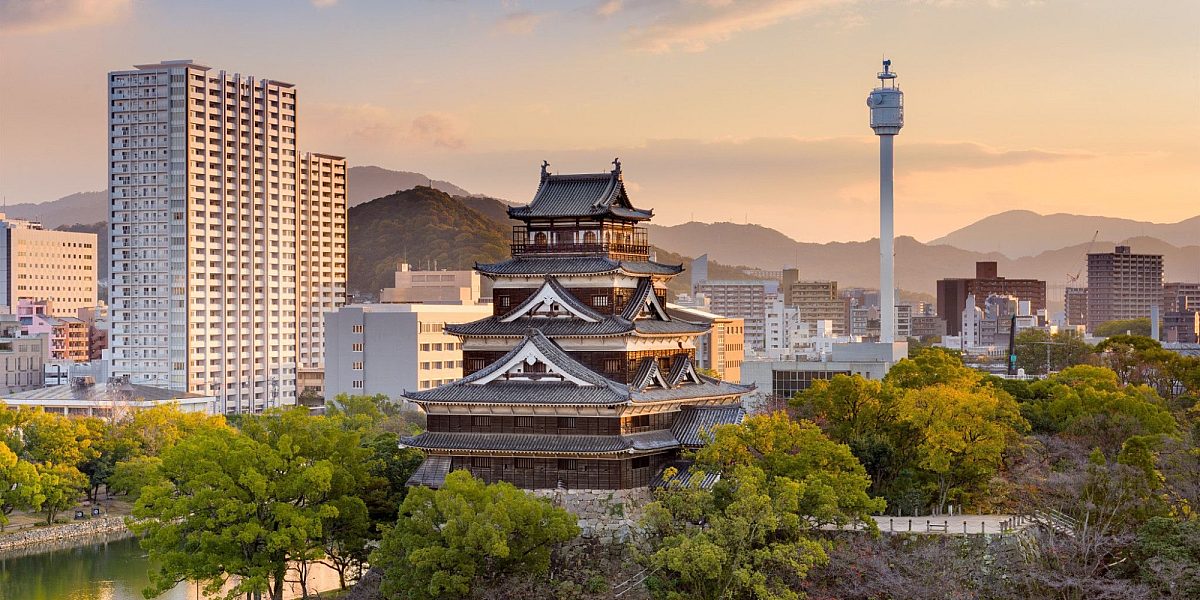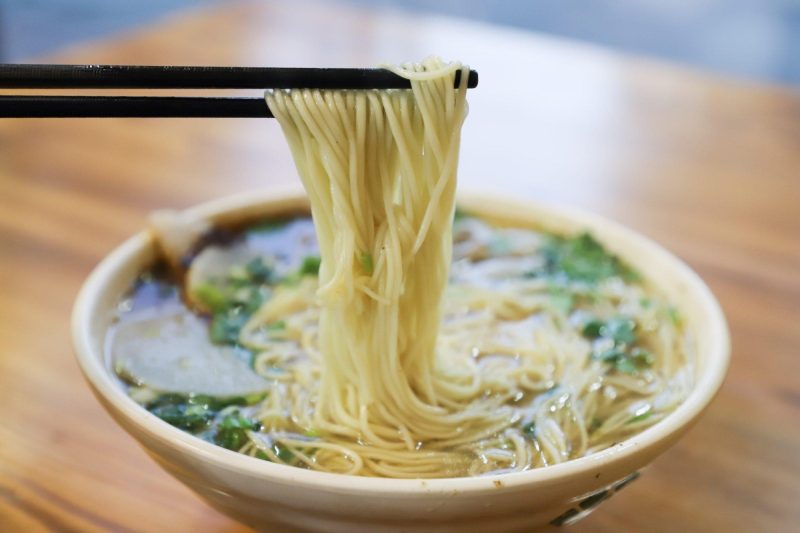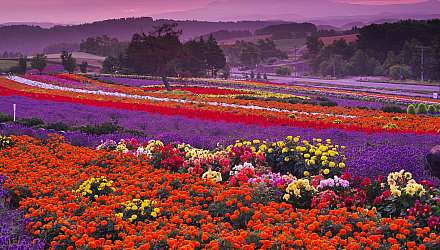
© Princess/Shutterstock
Eight things to know about Japanese culture
From sake pouring to chopstick placement to tipping quandaries, get to know some etiquette basics for an even more enjoyable trip to Japan
It won’t surprise anyone to hear that Japan is an incredible and fascinating place to visit, but to really get the most out of a holiday there, it pays to get acquainted with some of the customs before you visit. Not only will this help you learn a little about Japan’s history and society, but – crucially – it can also help avoid cultural faux pas and accidental displays of bad manners.
Respect and etiquette are a big part of Japanese culture and everyday life in the country, so it’s a big plus if you’ve got a handle on the basics, some of which we’ve outlined below. It should also be pointed out that some long-standing customs might not be followed by absolutely everyone in all situations (some traditions have faded a little in modern times) but even so, as a guest to the country, there’s no harm in being cautious and following tradition. If in doubt, be led by what the locals are doing, or ask someone if you’re really stuck.

Drink in tradition: colourful old sake barrels © Erik Eastman/Unsplash
Drinking
When you’re at a restaurant or bar, the most important custom to remember is not to fill your own glass or cup, as it can be seen as impolite. Your companions should fill your cup when it’s empty and you should do the same with theirs. When pouring someone else’s drink, use both hands to grasp the bottle, and again use two hands to raise your own cup above the table surface when someone is filling it. Also, don’t start drinking before everyone’s glass is full and everyone is ready. These customs apply with any drink, including sake, which you can learn about on a Princess shore excursion to the DHC Sake Brewery in Niigata, one of Japan’s primary sake destinations.
Footwear
When entering some buildings and venues, guests are expected to remove their shoes, primarily for cleanliness and hygiene. The types of places you’ll be expected to do this include people’s homes, temples, some restaurants, and some hotels, such as more traditional ryokan-style accommodation. When visiting someone’s home, you should see a small, lowered area as you enter. This is called the genkan and it’s where you remove your shoes – you’ll usually be given slippers to wear. Wherever you go on your trip to Japan, it’s likely you’ll have to take off your shoes at least a few times, so it’s sensible to take footwear that slips on and off easily.
Tipping
By and large, tipping in Japan isn’t the done thing. Although it may take some adjusting to for a lot of visitors, leaving a tip for good service in restaurants, hotels and taxis usually results in an awkward situation where the money is hastily given back to the customer. Good service is simply part of day-to-day life in Japan, meaning that visitors (again, both local and tourists) aren’t expected to ‘reward’ it. As with most customs, though, there are exceptions, notably among some roles in the tourism industry, where it’s accepted (though not demanded) to tip tour guides, for example.

Consider learning the art of using chopsticks before your trip to Japan © Cats Coming/Pexels
Chopsticks
It’s wise to learn how to use chopsticks before visiting Japan, as you’ll encounter them frequently and there’s quite a lot of etiquette attached to using them correctly. As well as the practical side, such as holding them correctly (near the top end and not too near the middle) and confidently using them to pick up (not spear) food, there are various things to avoid. For example, never stick chopsticks upright into food, especially rice, as this is a tradition during funeral ceremonies. Rubbing chopsticks together is a practice to remove splinters from cheap sets and will be seen as rude to your hosts or the venue you’re in, so avoid it. And don’t leave your chopsticks crossed, particularly over a bowl. If you need to put them down, lay them side by side next to your plate or bowl. If you’re keen to try out your chopstick skills, lively Osaka – widely known for its varied food scene and abundance of buzzy restaurants – is a great place to start. Or go a step further and learn how to craft your own on a Princess excursion to a chopstick workshop and store in Wakasa, near the city of Tsuruga.
Walking and eating
In general, most people in Japan avoid eating while they’re walking, as it’s considered bad manners. So, if you’re buying takeaway food of any kind or something to eat from a shop or supermarket, try to wait until you’re back at your accommodation or in a quiet place (away from busy streets) before you tuck in. Once again, this isn’t a hard-and-fast rule followed by everyone in every walk of life, but it’s best to try to follow it just to be on the safe side.
Blowing your nose
Even if you’ve never been to Japan, you may have heard about this before. The theory is that it’s considered extremely bad manners to blow your nose in public and that you should simply sniff until you’re in private. This is based on an old custom that isn’t followed by everyone these days but, to avoid potentially causing offence, it’s best to wait if you can.
Cash vs credit cards
While it’s not strictly a custom, it’s worth knowing that much of Japan is still largely cash-based, so be sure to carry some local currency with you whenever you can. This doesn’t mean you won’t be able to use a debit or credit card anywhere, as some venues do accept them (particularly hotels), but their usage isn’t as common as we’re used to. Make the most of cash machines when you see them (they can be found in post offices, convenience stores, banks and airports), especially if you’re travelling outside big cities and into smaller or more rural locations.
Excited to explore Japan?
Discover more Japan holiday inspiration
-

Ten foods to try when visiting Japan
From tofu to tempura, noodle soups to pickled plums, eating your way through Japan is a highlight of any trip.
-

One for the bucket list: Japanese floral fields
Cue garden inspiration...
-

The Japan you don't know (but should)
Japan’s southern islands are a world away from the hustle and bustle of the country’s mainland
